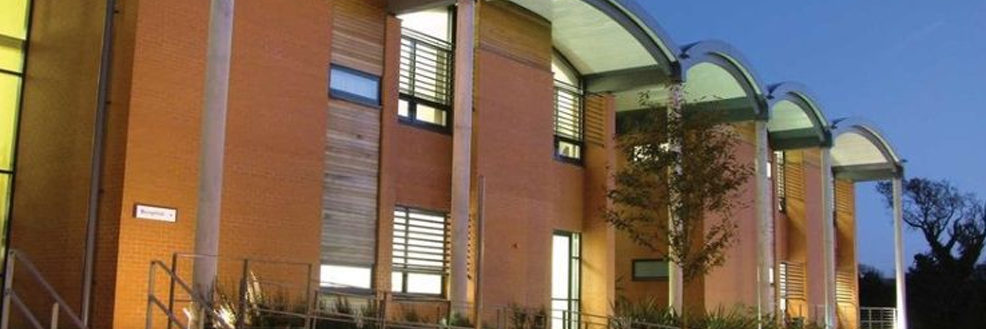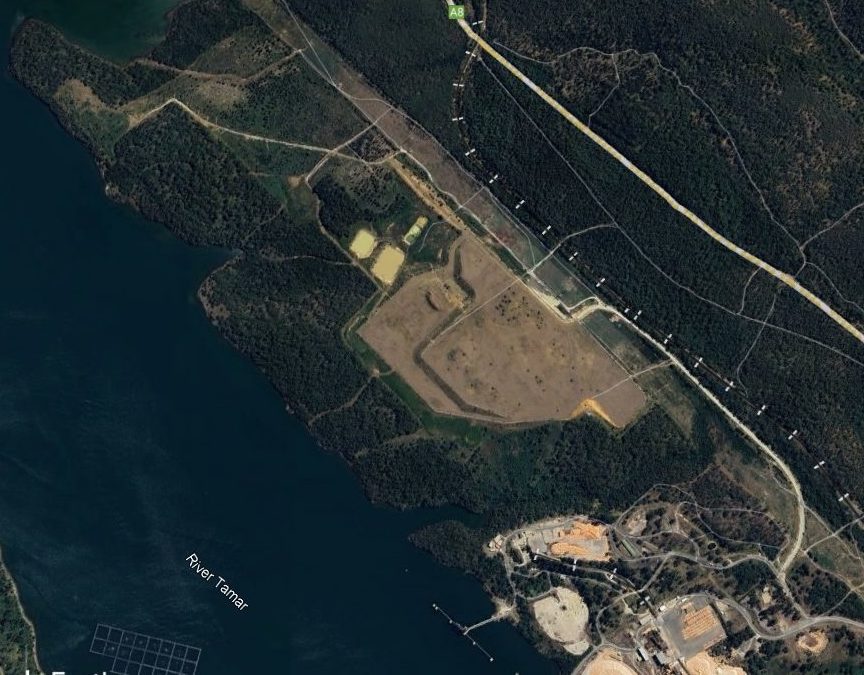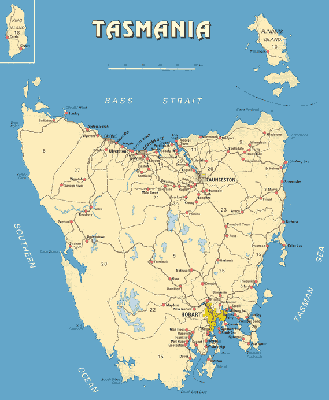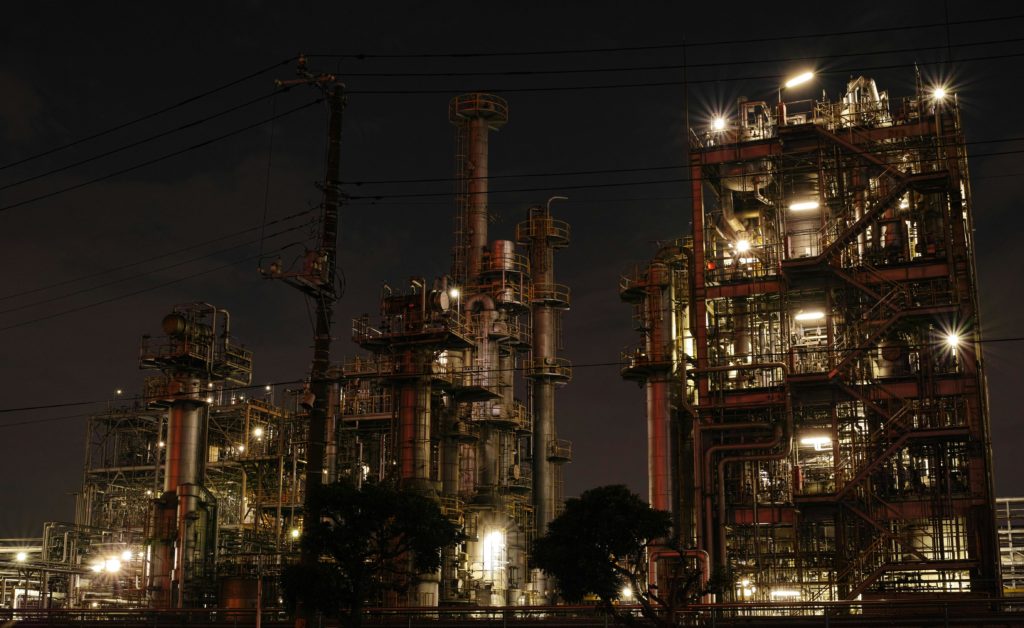
On 25 November 2025 FIFA decided that one of football’s global superstars, Cristiano Ronaldo, would indeed be allowed to play in all of his country’s games at the 2026 World Cup finals. The decision will no doubt by cheered by Ronaldo’s legion of fans, but it’s also the perfect example of how the Beautiful Game is administered by those for whom integrity means very little at all. The Politics Department’s Dan Hough explains.
Introduction
On 13 November 2025 the Portuguese football team travelled to Dublin to play the Republic of Ireland in a qualifying game in the 2026 World Cup. Portugal were more or less assured of their place at football’s biggest jamboree, but the Republic of Ireland most definitely were not. In order to keep their dreams of qualifying alive they needed to pull off what would be a shock win. And, that they did, winning 2-0 (see here for more on how the game unfolded). They followed that up with an even more dramatic – and no less vital – win in Hungary three days later; Troy Parrott, largely unknown beforehand, scored a hat-trick to send football watchers on the Emerald Isle off into delirium (see here for the goal itself, here for magnificent celebratory scenes at Dublin Airport and here for more from a bar in Toronto where the barman plays a starring role).
With an hour of the game against Portugal gone, The Republic of Ireland were well on the way to gaining that win. That man Parrott had scored both goals as the hosts went two up. Their task of holding on to that lead was further helped by an incident that took place in the 61st minute. Cristiano Ronaldo launched an elbow at an Irish defender, Dara O’Shea. The video assistant referee had a good look at what had happened and decided that Ronaldo’s behaviour was tantamount to violent conduct. Ronaldo was given a red card and forced to leave the pitch. He also faced a ban from playing in future games.
The length of the ban that a player receives for receiving a red card will vary. If the sending off is for two yellow cards (i.e. two offences, neither of which on their own added up to a red) or for what’s often referred to as a ‘professional foul’ (a bad foul, but not one where violent conduct was involved) then the ban will usually be for one game. If the red card is for dissent then it’ll be two games. If we are talking violent conduct then it’s three games. So, a three game ban for the Portuguese superstar it would be then.
FIFA and Ronaldo’s Red Card
Indeed, FIFA’s own disciplinary code states that red cards for violent conduct should lead to a ban of ‘at least three matches or an appropriate period of time’. There have been cases around the world (see here for example) where bans have been much longer.
Ronaldo was subsequently, and entirely in line with existing protocol, banned for three matches. He was not allowed to play in Portugal’s final qualifying game against Armenia (they hardly missed him; Portugal won 9-1) on 16 November. But, games two and three of the ban were scheduled to be Portugal’s first two games of next summer’s World Cup finals. That was a much bigger deal for Madeira’s finest than missing a dead-rubber against one of the qualifying group’s whipping boys.
Ronaldo appealed against the ban. FIFA, world football’s governing body, decided to follow Article 27 of its own code and reduce the ban to one game (already served) with two more ‘suspended’. They did this as Article 27 allowed them to ‘fully or partially suspend the implementation of a disciplinary measure’ if they so wished. So, despite ‘assault, including elbowing, punching, kicking and biting’ all warranting ‘at least three matches’ in terms of a ban, FIFA were going to take the highly unusual step of declaring that the final two games of the ban were to be in effect offset. If Ronaldo were to transgress again (i.e. defined as getting another red card within the next 12 months) then that two game ban would be activated on top of whatever punishment he received for that dismissal.
The outcome? Ronaldo can play in the World Cup finals. FIFA argued that given it was his first sending off for Portugal his good record should mitigate the punishment. That is particularly noteworthy for two reasons. Firstly, Ronaldo had never previously received a red card for Portugal, but he’s received 12 in club football. A one-off indiscretion from someone with an otherwise unblemished record? Hardly. Secondly, FIFA has shown little inclination at all to offer such mitigation when others have been sent off for similar offences. Did FIFA reduce Wayne Rooney’s ban when he stamped on Ricardo Carvalho in England’s 2006 World Cup game against Portugal? No, Rooney missed England’s next two European Championship qualifying games. And that even though he had never been sent off for England before and indeed had only been sent off twice in club football. Whilst opting to reduce Ronaldo’s punishment may not be completely unprecedented, it was still decidedly unusual and didn’t fit in with much previous precedent.
Talking Integrity
Why does all this matter? Surely allowing one of the world’s most well-known footballers to have a final swansong (Ronaldo is now 41) on the biggest stage is a ‘good thing’? Maybe, although some wags have even made the case that Portugal’s opponents should really be the ones celebrating; if Ronaldo plays Portugal often appear to be a significantly worse side on account of it.
The broader issue is nonetheless more serious (if more abstract) than whether one player can play a few games of football next summer. It is (yet another) example of FIFA, football’s world governing body, bending previous practice to suit its own needs and thereby behaving without anything that could be understood as integrity. FIFA looks like it does what it wants when it wants, regardless of the messages that behaviour may send out. As Sam Wallace noted in the Daily Telegraph, FIFA re-engineers World Cup cycles, tears up the football calendar, brings in bespoke transfer windows to suit its own needs and generally focuses on making as much money as possible from everything.
Complaining about FIFA’s apparently incessant drive to make money and its consistent lack of integrity may come across to some as a soppy idea pushed by wishy-washy do-gooders. Integrity, in other words, is something talked of when things happen that FIFA’s critics don’t like. For others, it’s a cornerstone of what makes things like sport worth doing at all. Integrity, as one of the academic leading lights in this area, Paul Heywood, once said, involves ‘doing the right things’ (principles) ‘for the right reasons’ (morals) and ‘in the right way’ (by following the right process).
Lynne McFall, one of the first in the modern era to really try and operationalise integrity, argued that there are four key parts to trying to make integrity meaningful:
- An individual or an organisation signs up to a set of consistent principles or commitments.
- The individual or the organisation doesn’t just buy into these principles or commitments theoretically, they uphold them in practice and…
- … particularly in the face of temptation or challenge.
- They then stick to them as they believe in them and not because they are in any way compelled to do so.
As I note in my recent book on integrity and football, FIFA is far from slow in telling us how important it thinks upholding the notion of integrity is. FIFA has, for example, set up an integrity department that ‘is in charge of implementing FIFA’s integrity initiative’ and ‘establishing preventive measures to protect FIFA competitions’. It’s also tasked with ‘engaging with various partners in order to expand its integrity network, as well as by assisting the member associations and confederations to develop their own integrity initiatives’. Yet FIFA’s perception of its own integrity challenge sees itself (FIFA) as one of the victims rather than as an organisation where integrity problems may fester.
Furthermore, FIFA has developed a ‘Global Integrity Programme’ and a ‘FIFA Integrity e-Learning Tutorial’. The latter is meant to be an educational tool that helps participants deal with the threat of match-fixing. The former has been developed alongside the United Nations’ Office on Drugs and Crime (UNODC) and aims to ‘deliver the knowledge and tools needed to prevent and fight match manipulation as well as to promote integrity by setting up successful and sustainable initiatives at the member association level’.
Yet when these principles come head-to-head with commercial interests it is (crystal) clear who wins. The cases of awarding the 2018 and 2022 men’s World Cups to Russia and Qatar are much-cited and oft-analysed examples of the problematic way that FIFA can take decisions and of how many members of FIFA’s executive committee clearly and unequivocally put their own interests – often illegally so – before those of the wider football community. Yet, the focus in FIFA’s material on integrity still remains very much on dealing with the twin scrouges of match fixing and game manipulation. Whilst these are clearly important challenges, it is interesting that there is very little focus on how FIFA itself has dealt with manifold integrity accusations – and indeed convictions – that have come FIFA representatives’ way over the last two decades. FIFA’s modus operandi has long been something that has warranted plenty of critical examination.
Conclusion
So, when Cristiano Ronaldo, a global name with unparalleled commercial power, is needed at a World Cup we should be very far from surprised when FIFA acts to make it happen. If in other words FIFA needs to bend rules to allow him to be there then, well, those rules will indeed be bent.
Yet the very fact that football is such an important part of people’s lives means that all of football’s stakeholders should be obligated to try and make integrity meaningful. That includes making the business of football cleaner. It includes behaving in an appropriate manner. It includes recognising, and dealing with, those who step out of line… no matter who they are. There will always be people who don’t buy into the idea that integrity matters. There will always be those for whom cheating your way to success – whatever success means – will be fine. The challenge is to make their lives harder and to call them out. And that most definitely needs to be done with FIFA.














Recent Comments